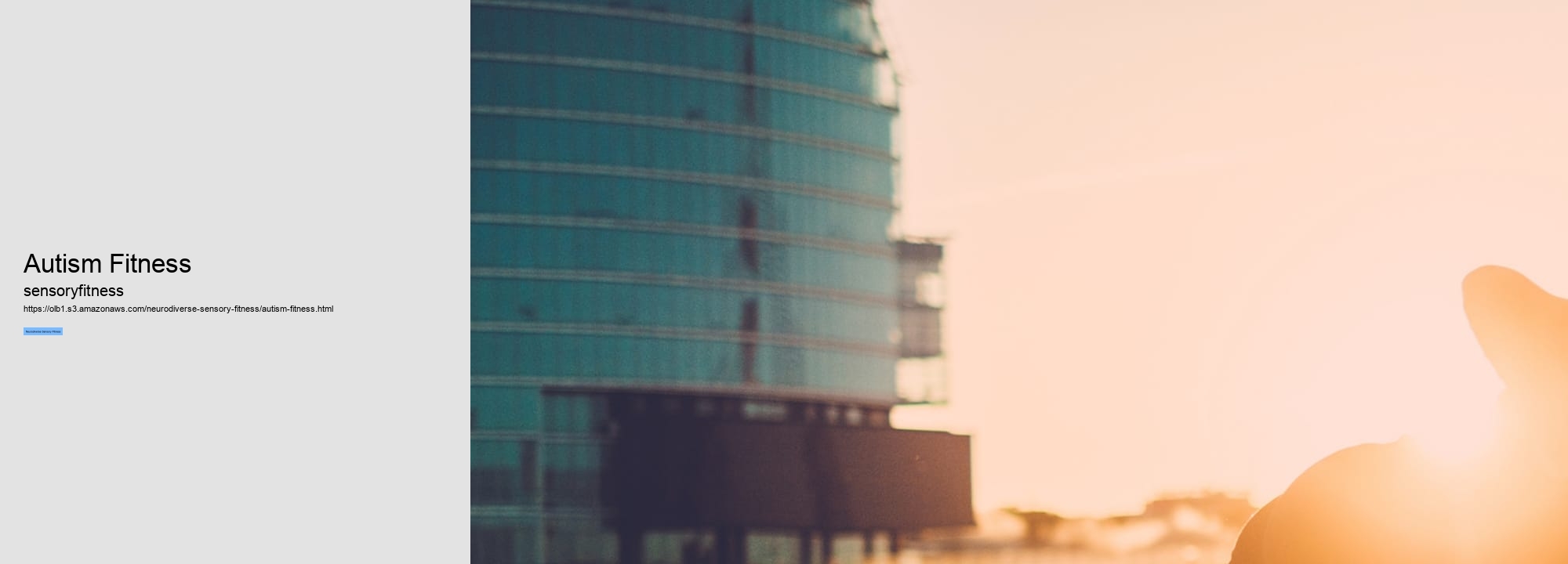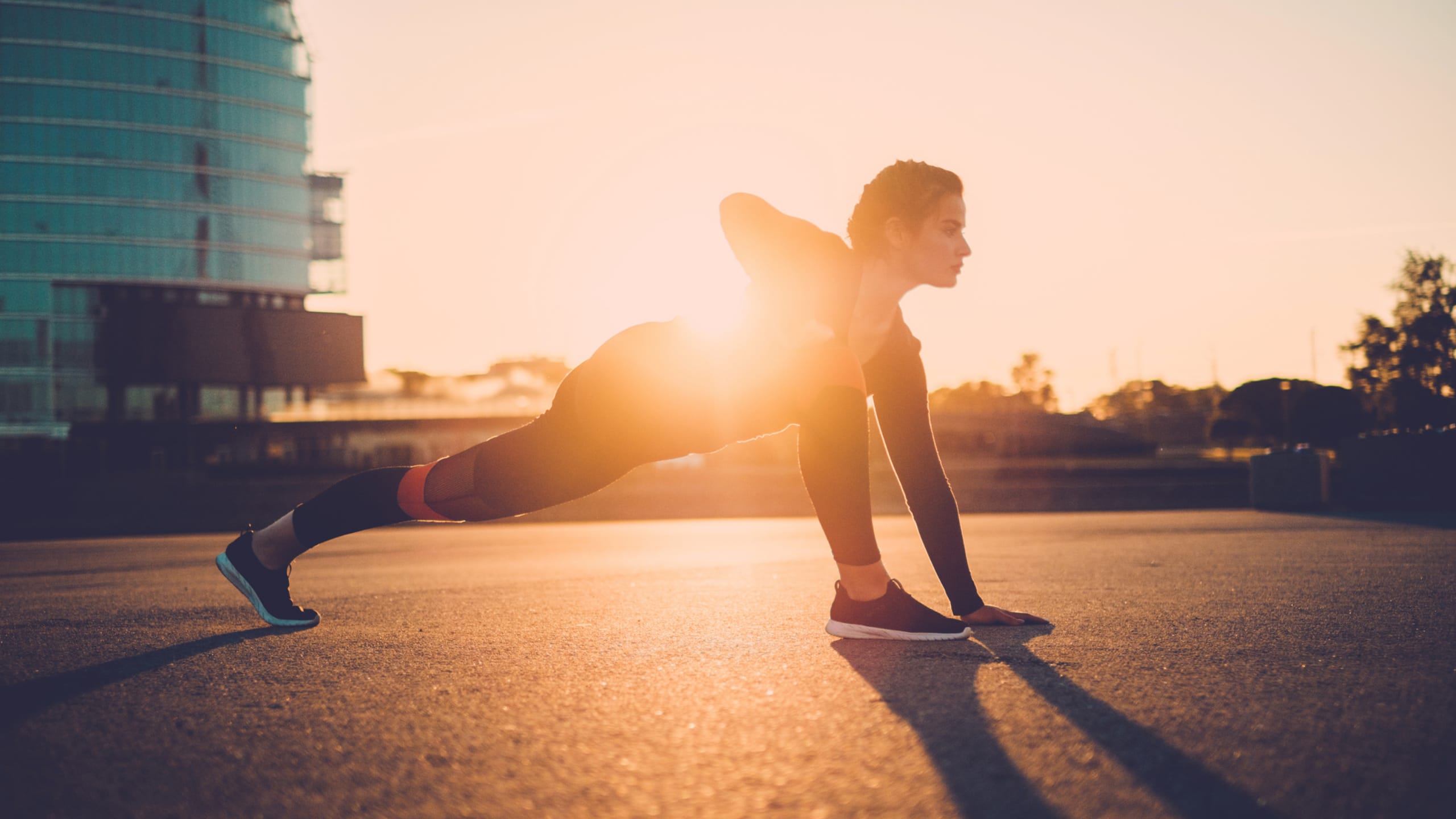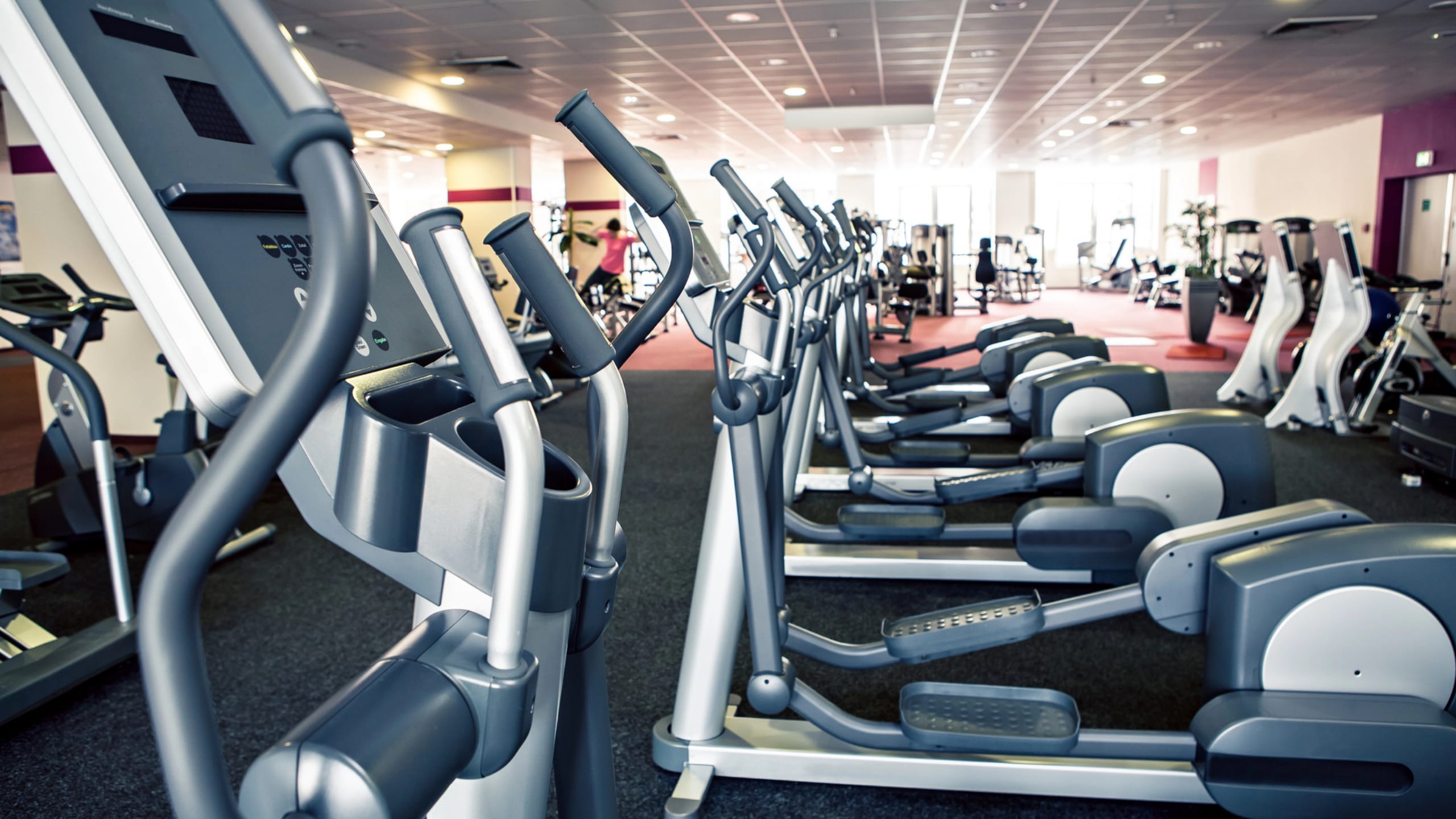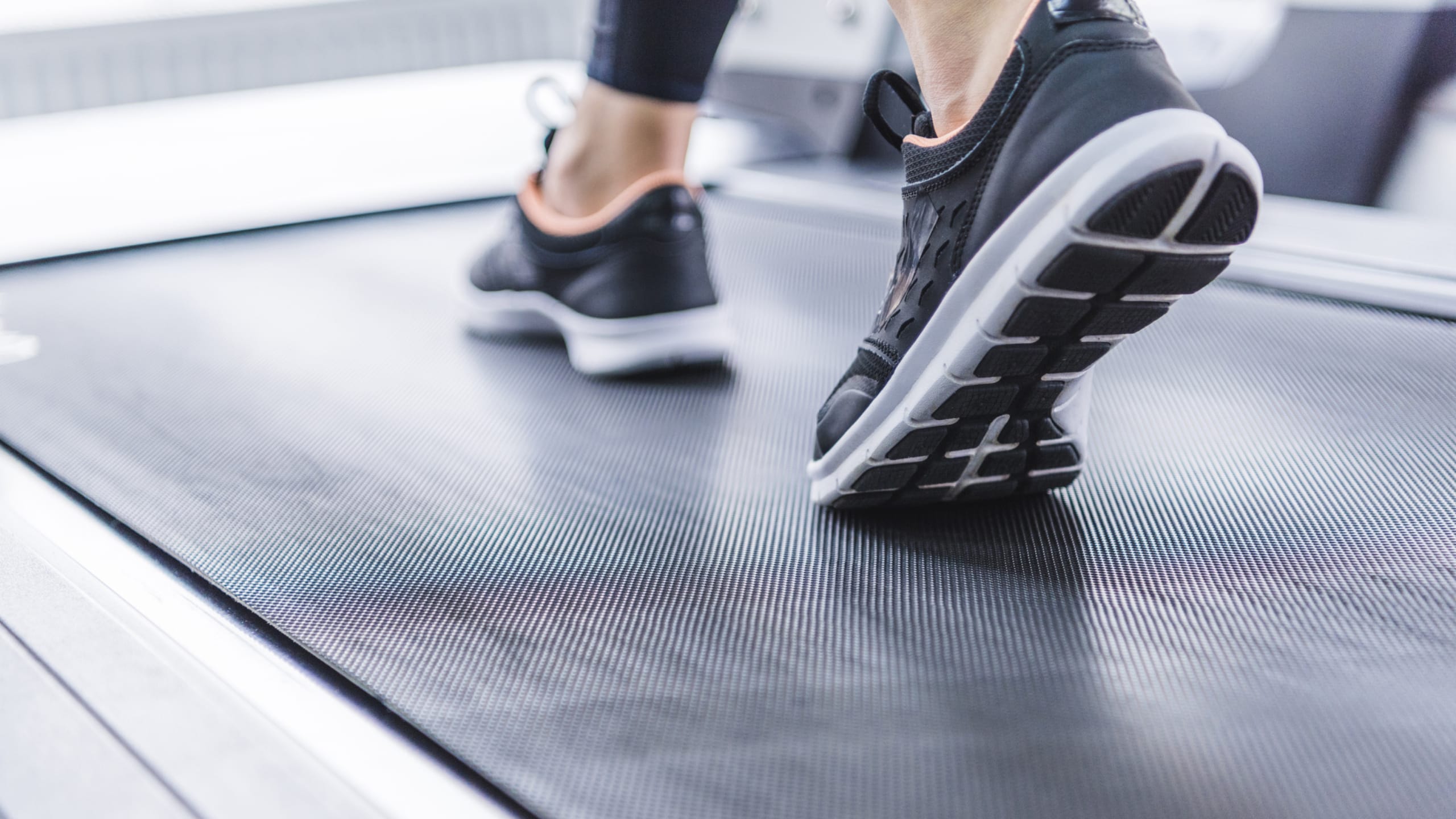

Individuals who are able to effectively regulate their responses to sensory input are better equipped to manage stress, anxiety, and other emotional challenges that may arise throughout the day. This can lead to greater confidence, independence, and overall well-being in daily life. In conclusion, neurodiverse sensory fitness plays a critical role in supporting cognitive function and daily living skills for individuals with neurodiverse conditions. By improving focus, attention, processing speed, coordination, self-regulation skills, and emotional resilience through targeted sensory activities, individuals can enhance their overall quality of life and achieve greater success in both academic and personal endeavors. How to create a sensory-friendly fitness routine for neurodiverse individualsCreating a sensory-friendly fitness routine for neurodiverse individuals requires a thoughtful and inclusive approach that takes into consideration their unique needs and preferences.
One important aspect to consider when designing a sensory-friendly fitness routine is the environment in which the activities take place. This may involve selecting a quiet and calm space free from excessive noise or distractions, providing ample natural light, and ensuring that the temperature is comfortable for all participants. Additionally, it can be helpful to incorporate visual cues such as pictures or diagrams to help guide individuals through each exercise. When it comes to choosing exercises for neurodiverse individuals, it is essential to focus on activities that are engaging, varied, and adaptable to different skill levels.
For example, incorporating activities that involve rhythmic movements or deep pressure input can help individuals regulate their sensory systems and feel more grounded during exercise. Additionally, offering options for both individual and group activities can cater to different preferences and comfort levels. Another key consideration when creating a sensory-friendly fitness routine is providing clear instructions and support throughout the session. Using simple language, breaking down tasks into manageable steps, and offering encouragement and reinforcement can help individuals feel confident in their abilities and stay motivated throughout the workout.
In conclusion, creating a sensory-friendly fitness routine for neurodiverse individuals requires empathy, flexibility, and creativity. By taking the time to understand each individual's unique needs and preferences, we can design an inclusive environment where everyone feels welcome and supported in their journey towards better health and well-being. Through patience, communication, and collaboration with professionals who specialize in working with neurodiverse populations, we can create a safe space where all individuals can thrive physically, mentally, emotionally while enjoying the benefits of regular physical activity.
How to incorporate sensory activities into your workout for neurodiverse individualsWhen it comes to incorporating sensory activities into workouts for neurodiverse individuals, there are many strategies that can be utilized to enhance the overall exercise experience. Sensory activities involve engaging the senses in various ways to promote relaxation, focus, and stimulation during physical activity. One way to incorporate sensory activities into workouts is by utilizing different textures and materials.
This can help individuals with sensory processing issues feel more grounded and engaged in their workout. Another effective strategy is incorporating music or sound into the workout routine.
Neurodiverse individuals may benefit from choosing music that is calming or energizing based on their individual preferences. Visual stimuli can also play a key role in enhancing sensory experiences during workouts.


Incorporating colorful visuals or patterns into the workout space can help individuals stay focused and engaged throughout their exercise routine. In addition to these sensory strategies, mindfulness techniques such as deep breathing exercises or guided imagery can be helpful for promoting relaxation and reducing stress during physical activity. These techniques can help neurodiverse individuals stay present and connected to their bodies while exercising. Overall, incorporating sensory activities into workouts for neurodiverse individuals can enhance the overall exercise experience by providing additional stimulation, relaxation, and focus. By utilizing a variety of sensory strategies such as textures, music, visuals, and mindfulness techniques, individuals can create a more personalized and engaging workout routine that meets their unique needs.
Neurodiversity encompasses a range of conditions such as autism, ADHD, and sensory processing disorder, which can impact how a person experiences the world around them. By tailoring fitness programs to accommodate these sensory needs, we can create an inclusive and supportive environment that promotes physical health and well-being. One key consideration when designing fitness programs for neurodiverse individuals is to provide options for different sensory preferences. For example, some individuals may be sensitive to loud noises or bright lights, while others may seek out deep pressure or proprioceptive input.
In addition to sensory preferences, it is also important to consider individual differences in motor skills and coordination. Some neurodiverse individuals may have challenges with balance or coordination, which can impact their ability to participate in certain types of exercises. By providing modifications or adaptations that address these challenges, we can help everyone access the benefits of physical activity. Another important aspect of accommodating sensory needs in neurodiverse individuals is creating a safe and predictable environment.
By establishing a routine and structure that supports each individual's sensory needs, we can help them feel more comfortable and confident in their fitness program. Overall, tailoring fitness programs to accommodate different sensory needs in neurodiverse individuals requires creativity, flexibility, and empathy. By taking the time to understand each person's unique preferences and challenges, we can create an inclusive environment where everyone has the opportunity to thrive physically and emotionally. Through thoughtful planning and collaboration with professionals who specialize in neurodiversity, we can ensure that our fitness programs are truly accessible to all.
How to use adaptive equipment to enhance sensory fitness for neurodiverse individualsAdaptive equipment can play a crucial role in enhancing sensory fitness for neurodiverse individuals. By utilizing specialized tools and devices, we can create a more inclusive environment that supports the unique sensory needs of those with conditions such as autism, ADHD, or sensory processing disorder. One key aspect of using adaptive equipment is to understand the specific sensory challenges faced by each individual. For example, some people may be hypersensitive to certain stimuli, while others may seek out additional sensory input to feel regulated. By identifying these preferences and aversions, we can tailor our use of adaptive equipment to provide the right kind of sensory input.
Weighted blankets or vests, for instance, can provide deep pressure stimulation that helps calm an overstimulated nervous system. Fidget toys and chewable jewelry can offer oral sensory input for those who seek out opportunities for mouthing and chewing. Sensory swings or rocking chairs can provide vestibular input that promotes balance and coordination. When using adaptive equipment, it's important to introduce it gradually and allow individuals time to acclimate to the new sensations.


Encourage them to explore different tools and find what works best for them in different environments or situations. Consistency is key in building a routine that supports their sensory needs. Incorporating adaptive equipment into daily routines can help neurodiverse individuals regulate their senses and improve their overall well-being.
By recognizing the importance of adaptive equipment in enhancing sensory fitness for neurodiverse individuals, we can create a more inclusive society where everyone has the support they need to thrive. Let's continue exploring innovative ways to utilize these tools and promote greater understanding and acceptance of neurodiversity.
How to make exercise more enjoyable and engaging for neurodiverse individuals through sensory integrationExercise is a crucial component of overall health and well-being for everyone, including neurodiverse individuals. However, for some people with sensory processing differences, traditional forms of exercise may not be as enjoyable or engaging. This can make it challenging to stay motivated and consistent with a fitness routine. One way to make exercise more enjoyable and engaging for neurodiverse individuals is through sensory integration. Sensory integration involves incorporating activities that stimulate the senses in order to improve focus, coordination, and overall physical wellness.
There are several strategies that can be used to incorporate sensory integration into exercise routines for neurodiverse individuals. One approach is to use equipment and props that provide tactile or proprioceptive input, such as therapy balls, resistance bands, or textured surfaces. These tools can help individuals better regulate their sensory systems while engaging in physical activity. Another effective strategy is to introduce multisensory elements into exercise routines.
In addition to adding sensory-rich experiences to workouts, it's important to consider individual preferences and sensitivities when designing exercise routines for neurodiverse individuals. Some people may have a heightened sensitivity to certain stimuli, while others may seek out intense sensations. By taking these factors into account and providing options for customization, you can help create a more inclusive and enjoyable fitness experience. Overall, the key to making exercise more enjoyable and engaging for neurodiverse individuals through sensory integration is to prioritize individual needs and preferences.
Consistency and adherence to a balanced fitness regimen tailored to individual needs and goals are essential for long-term success and health benefits.
There's no known way to prevent ADHD as it's believed to be caused by a combination of genetic, neurological, and environmental factors.
ADHD symptoms can persist into adulthood for many individuals, but they may manifest differently or be less severe compared to childhood.
Setting fitness goals provides direction, motivation, and a sense of accomplishment, helping individuals to track progress and maintain consistency in their exercise routines.